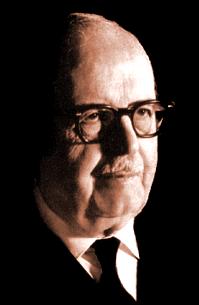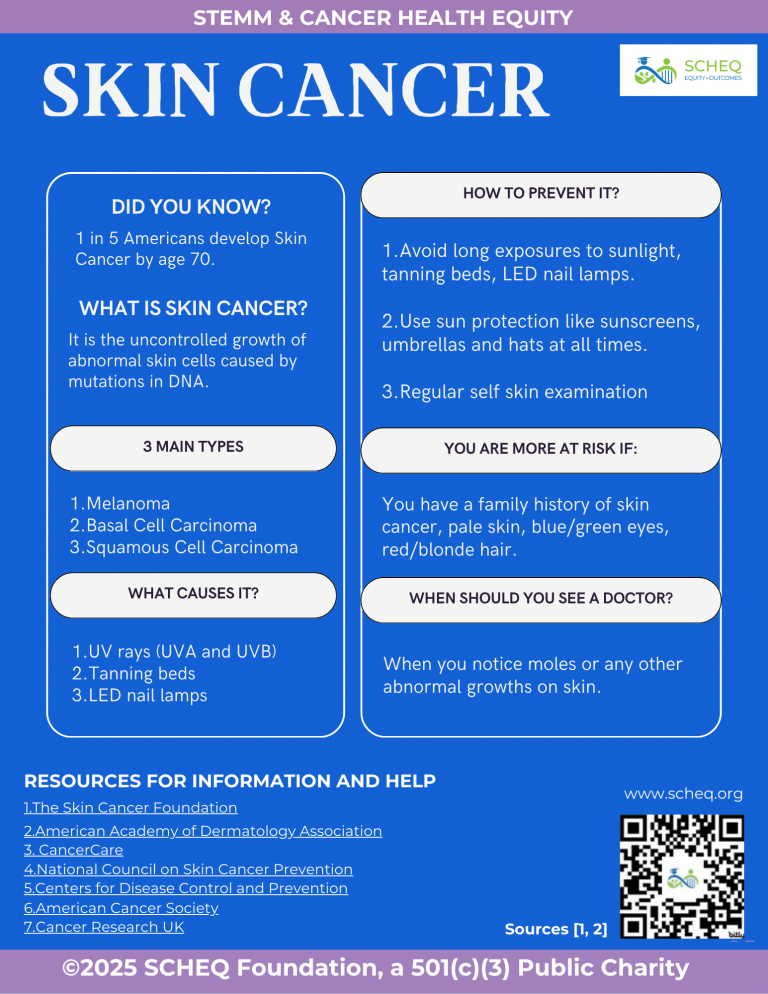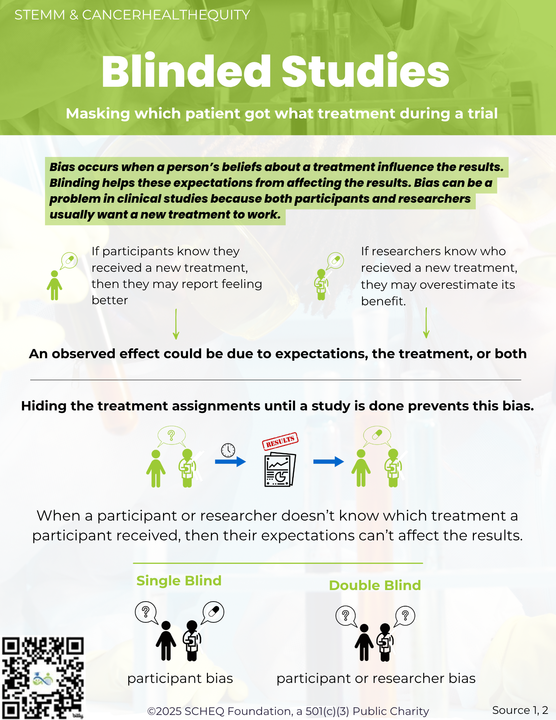Bernardo Alberto Houssay (April 10, 1887 – September 21, 1971). Born in Buenos Aires, Argentina, Dr. Houssay was a physiologist who would go on to be the first Latin American Nobel Laureate for his work on understanding the pituitary gland and its connection to regulating glucose. As one of eight children of French immigrants, Bernardo set himself apart by being admitted to the University of Buenos Aires at only 14 years of age. He completed Pharmacy School in 1904, and his received his MD in 1910 and began his interest in studying the pituitary gland. He took a temporary position as Professor for their School of Veterinary Medicine before taking the position of Chief Physician at Alveary Hospital and eventually Director of the Laboratory of Experimental Physiology and Pathology in the National Department of Hygiene in 1915.
In 1919, he returned to the University of Buenos Aires Medical School as a Professor of Physiology and founded the Institute of Physiology where he would remain until 1943. In 1943, government turnover relieved him of his positions and he went on to privately fund the Institute of Biology and Experimental Medicine until 1955, when the new government reinstated him. In 1956 he became the first Director of the newly founded National Scientific and Technical Research Council until his death in 1971, at the age of 84.
Due to his stellar career he had many awards and accolades. He received the Nobel Prize in Physiology or Medicine 1947 for his work on the pituitary gland leading to the study of hormonal feedback control mechanisms, which laid the foundation for modern endocrinology. He discovered the opposing roles of the pituitary gland and diabetes. He was elected Member of the National Academy of Sciences in Buenos Aires (1937), Member of the United States National Academy of Sciences (1940), an International Honorary Member of the American Academy of Arts and Sciences (1941), a Foreign Member of Fellows of the Royal Society (1943). Beyond holding honorary degrees and professorships from notable universities, he published more than 600 scientific papers and several books including the Latin American Human Physiology textbook which is still published and used by medical schools. His wife Dr. Maria Angelica Catan passed before him in 1962 and their three sons would go on to specialize in the medical field.
REFERENCES
- https://www.visionlearning.com/en/library/Scientists-and-Research/58/Bernardo-Houssay/237/
- https://www.nobelprize.org/prizes/medicine/1947/houssay/biographical/
- https://www.famousscientists.org/bernardo-houssay/
- https://www.britannica.com/science/Winners-of-the-Nobel-Prize-for-Physiology-or-Medicine-1856944
- https://www.ebsco.com/research-starters/history/bernardo-alberto-houssay
IMAGE SOURCE:
Public Domain Argentina
Wikipedia




